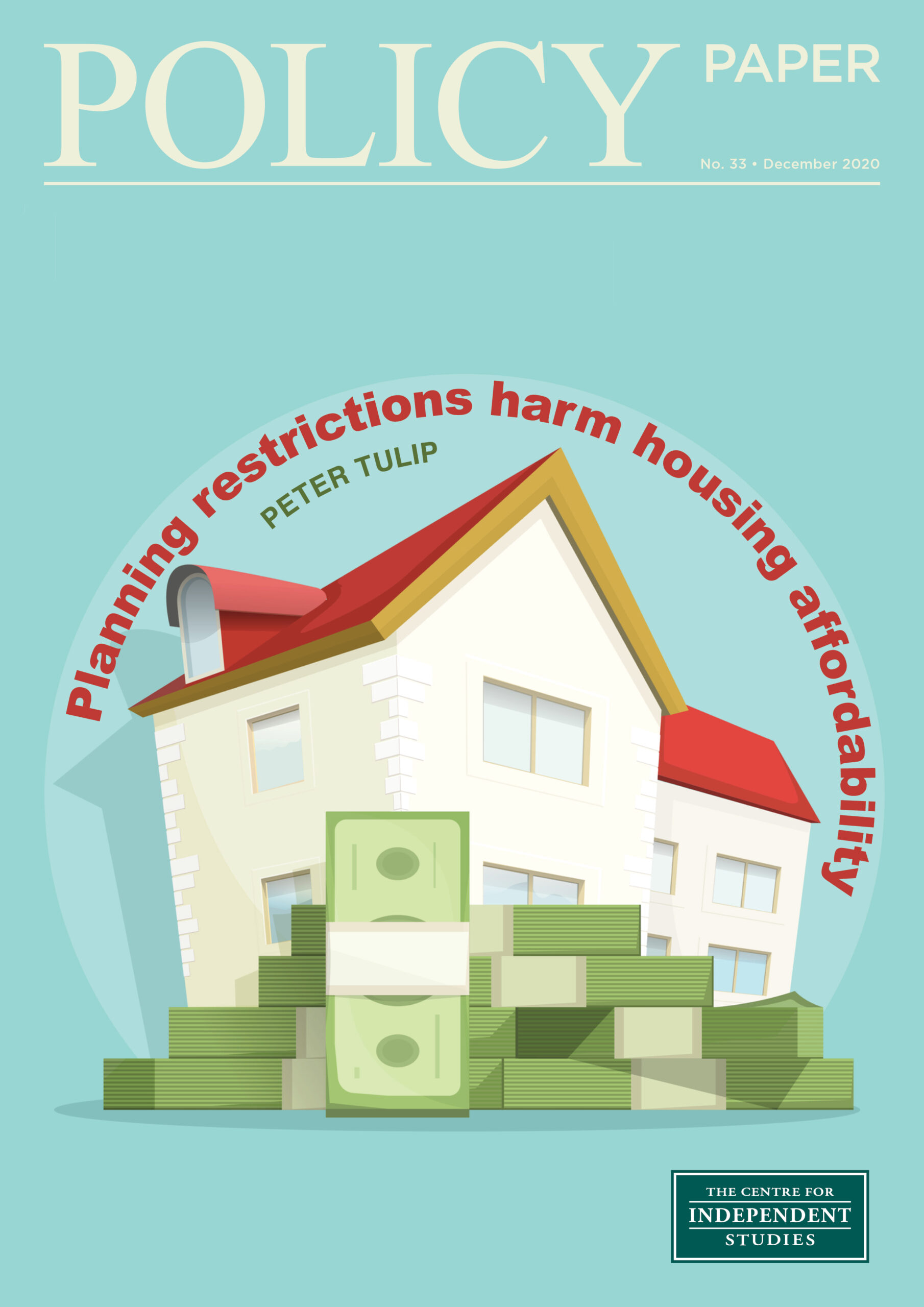
Planning restrictions reduce the supply of housing and hence raise its price. This paper summarises recent research on this topic, focussing on Australia’s largest cities.
The severity of planning regulations can be gauged by the difference between sale prices and the costs of supply. This wedge represents what people would pay for the legal right to provide extra dwellings at a location. The wedge, and hence prices, are high because these rights are unnecessarily scarce.
For detached houses, costs comprise the dwelling structure and the land that other home-owners need to forego. Planning restrictions are estimated to raise house prices 73 per cent above these costs in Sydney, 69 per cent in Melbourne, 42 per cent in Brisbane and 54 per cent in Perth.
Extra apartments can be supplied by raising the height of new buildings. This increases construction costs but means that extra land does not need to be used. Restrictions are estimated to raise the price of the average new apartment by 68 per cent above costs in Sydney, 20 per cent in Melbourne and 2 per cent in Brisbane.
These estimates are in line with a large body of international research which has been thoroughly vetted.










